The northeast corner of Spadina and College Streets, during the summer of 2012.
The yellow-brick Art Deco building in the above photo was at one time the site of the Broadway Tabernacle Church, one of the largest congregations in Toronto.
The impressive Broadway Tabernacle that once occupied the northeast corner of Spadina Avenue and College Street. The photo is from the City of Toronto Archives.
This photo from the City of Toronto Archives looks north on Spadina toward College Street. The tower of the Broadway Tabernacle Church is on the right-hand (east) side of the street. The building that once occupied by Knox College, is at the north end of the street.
This photo, taken in May of 1927, looks south on Spadina toward College Street. Broadway Tabernacle is on the left and the Waverley Hotel on the right.
The congregation of the Broadway Tabernacle Church originally met in a small wood-frame building at the northeast corner of Spadina and Dundas. At that time it was named the Spadina Avenue Methodist Church. The size of congregation increased and in 1872 they purchased a larger piece of land and moved the old church on rollers to their new location on the northeast corner of Spadina Avenue and College Street. On their former site, a theatre was constructed – the Victory – that in the decades ahead became a burlesque and movie house. The building still stands today but is no longer a theatre.
The Broadway Tabernacle demolished their old wood church at College and Spadina in 1879 and constructed on the same site a large brick structure that held 900 people. In 1887, they required more space so hired the famous Toronto architect E. J. Lennox to build an even larger building. Lennox was the architect who in the years ahead, designed the Old City Hall, and like this civic building, for the new church, he chose the Romanesque Revival style. It was indeed an imposing structure.
During the 1920s the surrounding area changed greatly as Eastern Europeans, mainly Jewish, located in the district. Church attendance declined and the church eventually closed. It was demolished in 1930.
The four-storey building with its Art Deco trim that now occupies the site of the Broadway Tabernacle Church
To view the Home Page for this blog: https://tayloronhistory.com/
Links to other posts about the history of Toronto and its buildings:
https://tayloronhistory.com/2013/10/08/links-to-historic-architecture-of-torontotayloronhistory-com/
Links to posts about Toronto’s movie houses—past and present.
https://tayloronhistory.com/2013/10/09/links-to-toronto-old-movie-housestayloronhistory-com/
Recent publication entitled “Toronto’s Theatres and the Golden Age of the Silver Screen,” by the author of this blog. The publication explores 50 of Toronto’s old theatres and contains over 80 archival photographs of the facades, marquees and interiors of the theatres. It also relates anecdotes and stories from those who experienced these grand old movie houses.
To place an order for this book:
Theatres Included in the Book
Chapter One – The Early Years—Nickelodeons and the First Theatres in Toronto
Theatorium (Red Mill) Theatre—Toronto’s First Movie Experience and First Permanent Movie Theatre, Auditorium (Avenue, PIckford), Colonial Theatre (the Bay), thePhotodome, Revue Theatre, Picture Palace (Royal George), Big Nickel (National, Rio), Madison Theatre (Midtown, Capri, Eden, Bloor Cinema, Bloor Street Hot Docs), Theatre Without a Name (Pastime, Prince Edward, Fox)
Chapter Two – The Great Movie Palaces – The End of the Nickelodeons
Loew’s Yonge Street (Elgin/Winter Garden), Shea’s Hippodrome, The Allen (Tivoli), Pantages (Imperial, Imperial Six, Ed Mirvish), Loew’s Uptown
Chapter Three – Smaller Theatres in the pre-1920s and 1920s
Oakwood, Broadway, Carlton on Parliament Street, Victory on Yonge Street (Embassy, Astor, Showcase, Federal, New Yorker, Panasonic), Allan’s Danforth (Century, Titania, Music Hall), Parkdale, Alhambra (Baronet, Eve), St. Clair, Standard (Strand, Victory, Golden Harvest), Palace, Bedford (Park), Hudson (Mount Pleasant), Belsize (Crest, Regent), Runnymede
Chapter Four – Theatres During the 1930s, the Great Depression
Grant ,Hollywood, Oriole (Cinema, International Cinema), Eglinton, Casino, Radio City, Paramount, Scarboro, Paradise (Eve’s Paradise), State (Bloordale), Colony, Bellevue (Lux, Elektra, Lido), Kingsway, Pylon (Royal, Golden Princess), Metro
Chapter Five – Theatres in the 1940s – The Second World War and the Post-War Years
University, Odeon Fairlawn, Vaughan, Odeon Danforth, Glendale, Odeon Hyland, Nortown, Willow, Downtown, Odeon Carlton, Donlands, Biltmore, Odeon Humber, Town Cinema
Chapter Six – The 1950s Theatres
Savoy (Coronet), Westwood
Chapter Seven – Cineplex and Multi-screen Complexes
Cineplex Eaton Centre, Cineplex Odeon Varsity, Scotiabank Cineplex, Dundas Square Cineplex, The Bell Lightbox (TIFF)
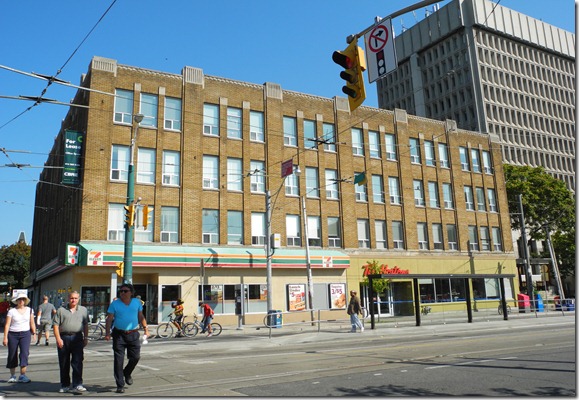
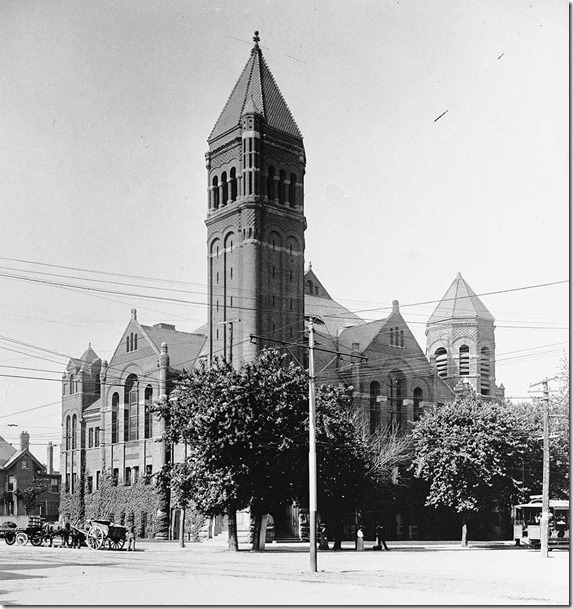
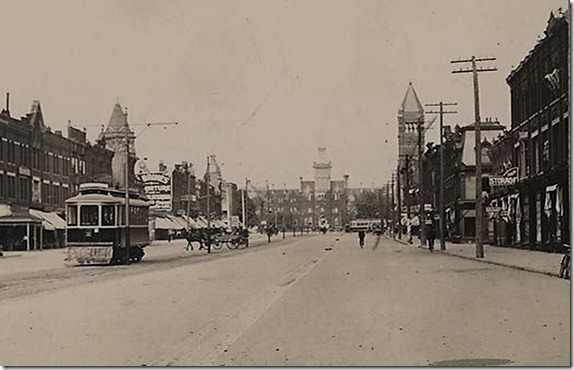
![f1231_it2010[1] f1231_it2010[1]](https://tayloronhistory.com/wp-content/uploads/2012/09/f1231_it20101_thumb.jpg)
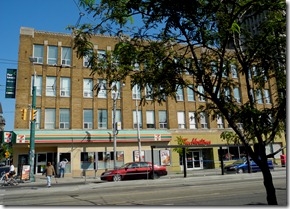
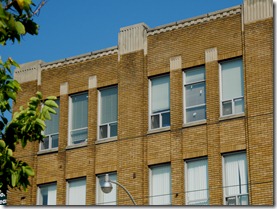
![cid_E474E4F9-11FC-42C9-AAAD-1B66D852[1] cid_E474E4F9-11FC-42C9-AAAD-1B66D852[1]](https://tayloronhistory.com/wp-content/uploads/2014/10/cid_e474e4f9-11fc-42c9-aaad-1b66d8521_thumb1.jpg)

